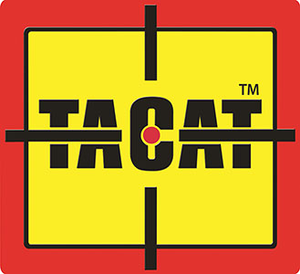Farm Wildlife Benefits Possible From The New Conservation Stewardship Program
Farm Wildlife Benefits Possible From The New Conservation Stewardship Program In Arkansas
More farm wildlife benefits possible from the new conservation stewardship program in Arkansas.

JONESBORO, AR – -(AmmoLand.com)- Natural Resources Conservation Service Chief Dave White announced last week that the NRCS has received 21,300 applications to participate in the new Conservation Stewardship Program. These applications cover an estimated 33 million acres, nationwide.
“NRCS has received enough applications to carry out conservation activities on more than twice the number of acres Congress authorized for CSP this year,” White said. “This incredible response shows that conservation-minded producers and landowners want to attain higher levels of conservation stewardship.”
David Long, private lands coordinator with the Arkansas Game and Fish Commission said that the new revamped conservation program in the 2008 Farm Bill has tremendous opportunity to conserve and increase farmland conservation. “This program rewards farm producers for addressing resource concerns, including wildlife. The program rewards farmers for undertaking additional conservation along with maintaining and managing existing conservation practices on the farm,” Long says.
Farmers can also receive enhancement practice payments, Long said. “Practices such as extending riparian forest buffers, patch burning pastures, creating shallow water habitat, establishing native grasses and legumes in 15 percent or more of their pastures, grazing management to improve wildlife habitat, extending filter strips and field borders, establishing pollinator habitat, prescribed burning, forest stand improvement, deferring crop production on temporary and seasonal wetlands, and flooding harvested grain fields, all providing significant wildlife benefits are eligible for payments,” he explained.
Payments are based on the complex of existing conservation practices maintained along any new enhancement practices implemented and are estimated to range from $12 to $22 per acre of cropland, nonindustrial private forestland $6 to $12 per acre and pastureland at $7 to $14 per acre.
More farm wildlife benefits possible from the new conservation stewardship program in ArkansasFarmers need to know that installing conservation practices like filter strips, quail buffers, riparian forest buffers and other practices under the FSA’s Continuous Conservation Reserve Program will increase their competitiveness in CSP in the future, Long said. “In addition, the Conservation Reserve Program provides yearly rental payments for 10 to 15 years along with other significant incentives to increase farm income,” he added.
The CSP should cause farmers to look not only at the CRP, but other USDA conservation programs such as the Environmental Quality Incentive Program, Wildlife Habitat Incentive program and the Wetland Reserve Program to establish a total conservation system on their farms that addresses all resource concerns which will increase their competitiveness in the CSP in the future. “CSP can offer an additional income stream on every eligible acre of the farm plus allow farmers to address all resource concerns to include wildlife,” Long says.
Congress capped the annual acreage enrollment nationally at 12,769,000 for each fiscal year. The final national and state-by-state numbers on acreage nationwide will be available in November 2009.
CSP provides financial and technical assistance to eligible agricultural and forestry producers to conserve and enhance soil, water, air and wildlife resources on their land, and encourages farm producers to voluntarily implement more conservation practices and improve, maintain, and manage existing ones.
Lands accepted into CSP include cropland, pastureland, rangeland and non-industrial private forestland. Individual landowners or operators, legal entities, corporations and Indian tribes are eligible to apply for CSP assistance.
Those who are not approved for funding through this first sign-up will have the option to participate in the second sign-up period, which is Oct. 1 through January 2010.
